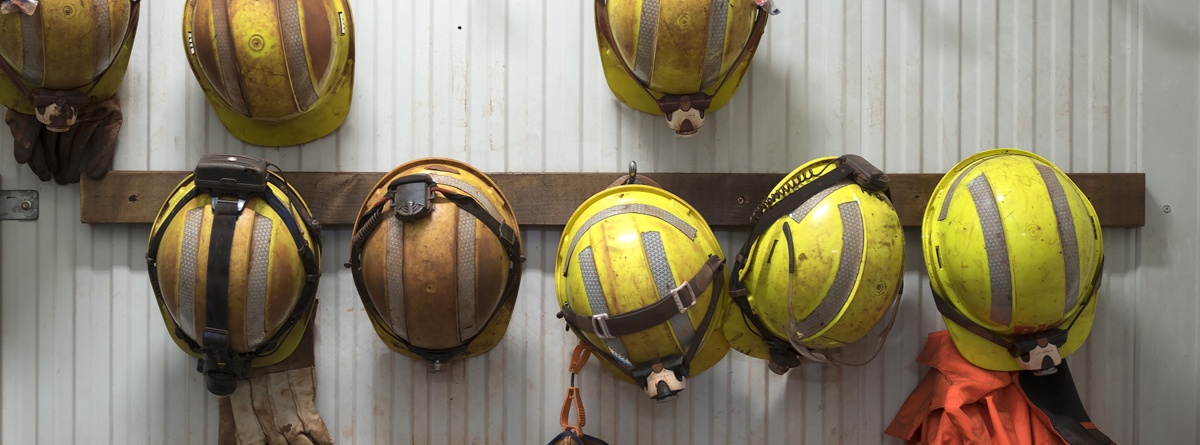Organizations can help people apply safety consciousness at the point of execution – the main source of real safety and operation issues.
In our last Proudfoot Pace blog post, we discussed the essential shift from safety programs to safe operations and we briefly introduced 8 essential elements to make it happen.
Let's now go into more detail on those eight crucial steps to minimize the opportunity for error, improve the health and safety of people and help create a culture of safe operations where everyone is accountable for their actions and the transformation is sustainable.
1. Make safe operations the responsibility of everyone
- Safe operations come from a series of safe working environment and behaviors, not from one function or process in the value chain.
- Each function must have structured safety goals and action plans, and all must be symbiotic.
2. Align management team/organization with safe operations
- Organizations need to establish an appropriate operating model where all improvement initiatives are executed in line with safe operations, maintain safety standards and improve safety results.
- Safety must constantly be top-of-mind for executives and play a key role in all decisions and actions. Questioning decisions that impact safety should be encouraged and will assist in keeping operations safe.
- The management team must communicate and act on this message as a matter of routine business and must disseminate information from the top down.
3. Align people and processes
- The organization must be aligned, so that safe operation is the focus on every level of the organization.
- Processes to ensure safe operations must also align and evolve as requirements change.
- People must work effectively as teams and must adhere to the defined processes.
4. Engage employees: Capture their hearts and minds
- Safety becomes a personal decision when engaged employees buy into the vision and know safe operations are a natural way of doing business.
- When a company adopts safe operations as the only way it can do business, people are involved and it makes them feel like valued members of the team. They can also more easily identify safe behaviors, practices and work environments.
5. Develop supervisor and management behaviors
- Supervisor management styles and behaviors have a significant influence on crew behaviors and performance. You can address supervisory effectiveness through clarity of roles and responsibilities, effective training and one-on-one coaching.
- Managers and supervisors must practice active management by participating in the supervisory process—coaching employees and guiding them at the point of execution.
6. Improve employee behaviors
- Making the shift to safe operations requires a new mindset. A safe operation attitude is only one part of the puzzle; people must also behave their way into the new work environment.
- Executives must focus on improving individual behavior in the workplace, and establish and enforce the right behaviors to achieve safe operations across the organization.
- Coaching becomes critical; it should be a core competence for members of the management team.
- Communication and training pave the way to success; shoulder-to- shoulder’ coaching is the only method which succeeds in creating new, more productive behaviors.
- Understanding and conviction (head and heart) by themselves will always fall short without the final step of coaching to align skills (hands) with behaviors.
7. Balance performance measurements
- You can develop and install new ways of measuring safe operations. Build critical performance indicators into management operating systems and combine them with the right measurement tools that reinforce all operational disciplines – process, outcome, employee and traditional safety measures.
- It is important to track safety break points and near hits in addition to the long-term impact of incidents and their costs.
8. Achieve total stakeholder engagement
- Total stakeholder engagement means aligning all interested parties—families, unions, employees, management team members, contractors, suppliers and customers. All stakeholder groups should understand their role and behavioral expectations to achieve safe operations.
What steps are you taking towards truly sustainable safe operations?
About Proudfoot -
We design, implement and accelerate operational transformation – realizing tomorrow's results today.
Known for our hands-on approach, industry expertise and resolve, Proudfoot delivers an agile workforce, improves performance, expands profitability and propels top-line revenue growth for our clients.
What if you could? With Proudfoot, you can.
